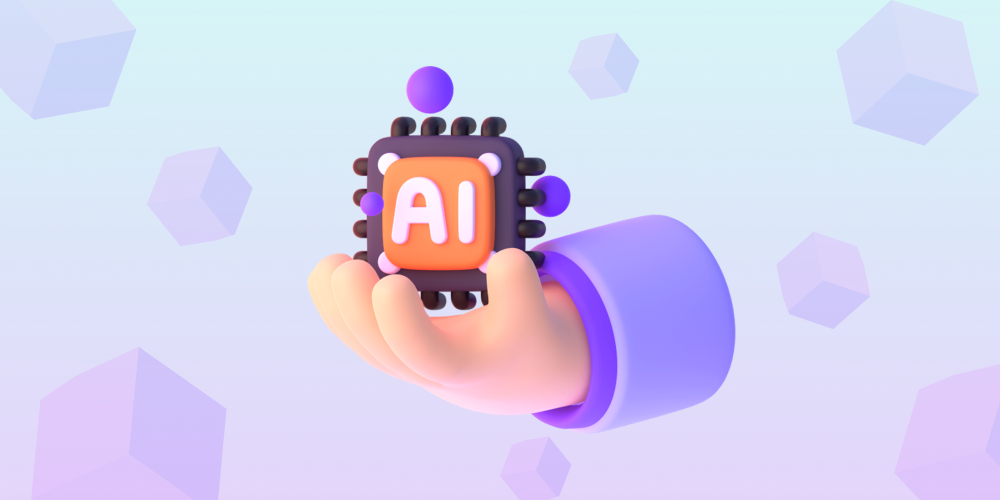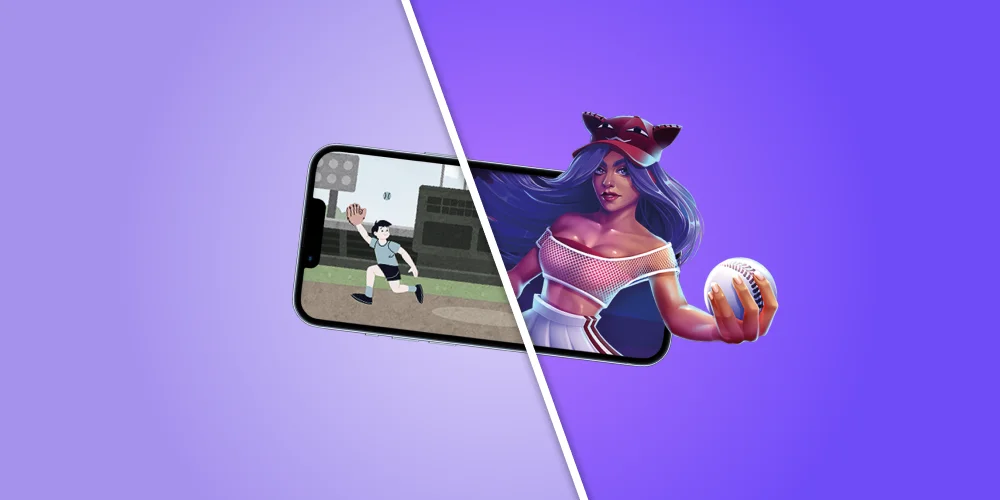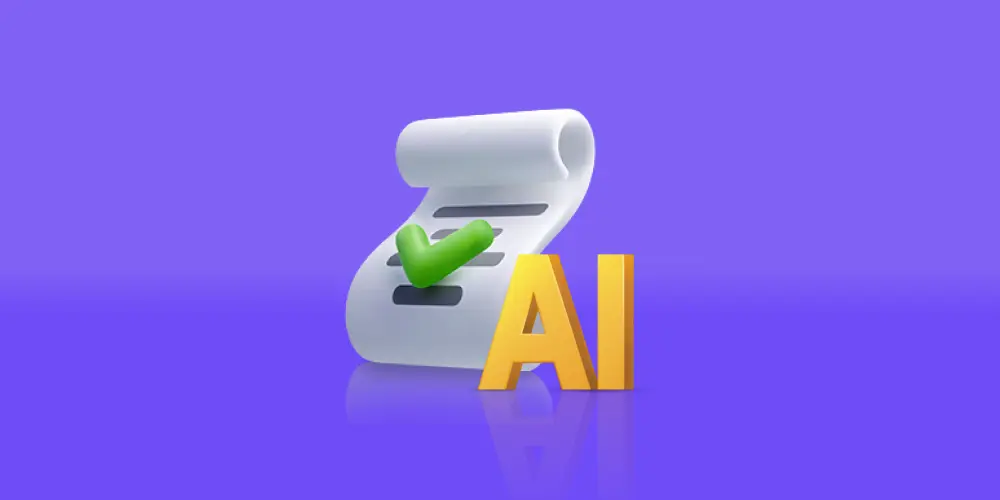KEY POINTS OF THE ARTICLE
- Introduction to the significance of 2D game art in the gaming industry.
- Overview of various 2D game art styles, including pixel art, vector art, and pre-rendered 3D.
- Discussion on the importance of choosing a game style that aligns with the game’s concept and target audience.
- Examination of the step-by-step process of creating 2D game art, from concept development to final assets.
- Insights into the tools and software commonly used for 2D game art creation.
- Consideration of best practices for designing engaging and visually appealing 2D game art.
- Exploration of the challenges faced in 2D game art creation and strategies to overcome them.
- Reflection on the evolving trends in 2D game art and their impact on game development.
- Emphasis on the role of creativity and innovation in producing unique 2D game art that enhances player experience.
Two-dimensional game art isn’t as simplistic as it may seem. Sure, it’s cheaper to produce (Flappy Bird costs $300 while Candy Crush — $100K) and less time-consuming than 3D art, but that doesn’t mean it’s worse, less popular, or unattractive to players. If you see the Steam player stats, you’ll see that the five most played 2D games account for over 1,9 million all-time players, while the top-5 3D titles account for 1,8 million players.
Making 2D game art is also a challenge for many game development studios. To make a 2D title stand out, you need high-end development tools, specific skills, and a professional team. So, how do you make sure you’ve got everything you need to release a potential hit?
We at Whimsy Games love two-dimensional art and have worked with it for quite a while now — that’s why we can share some tips on creating excellent 2D games, hiring artists, and what you should be paying attention to while working on it. As a Creative space, we understand the nuances of 2D game development. Our Animation house expertise ensures high-quality production, and our role as a Production unit allows us to streamline the entire process.
You can read all about it in this 2d game studio tutorial!
What is 2D game art?

This type of game art only uses two dimensions — height and width — to produce characters, objects, and the surrounding landscapes. 2D art is used in many famous titles like The Super Sonic or Badland and is still quite a popular option for picking the game’s style.
It’s not complex or time-consuming as 3D game art. You can develop a character or the whole world, draw it on paper, and transform it into a real game asset. Plus, it’s not focused on visuals, so users mostly enjoy the gameplay and don’t get distracted by the landscapes or character appearances.
In contrast, 3D game art services are often employed when developers aim for more detailed and visually compelling game environments. This allows for greater immersion but often requires more resources and specialized expertise.
One more distinctive feature of making 2D game art is that it provides players with super-simple controls and navigation throughout the game. As a result, it will take you a couple of moments to figure out how it all works in a title.
Even though 2D projects aren’t that complicated and have a limited ability to explore the game’s world, millions still love them. Just think of how many two-dimensional games you have gone through in your life: from the Super Mario series to Doodle Jump and Playdead’s Inside.
The 2D game market is still experiencing growth — forecasts say that the 2D fighting game share alone will increase by 9% from 2022 to 2028. That’s another reason two-dimensional games are still worth creating.
Variations And Styles Used to Create 2D Games
There’s a variety of styles you can use to develop your potential rockstar 2D game. Several key art types exist, but you may combine them and use your imagination to build something brand new.
In our 2D game art tutorial, we’ve prepared several major 2D game art styles you could use in your future games.
Monochromatic art

This one is among the most charming and mysterious art styles for two-dimensional games. Its concept lies in using a minimal color range — usually, it’s up to two main ones. The most common color is black, as it can set up the right mood for a wider variety of genres: horror, puzzle, hidden object, adventure, etc. So you can experience monochromatic game art in Limbo, for example.
Pixel art

The name speaks for itself: the world, its characters, and all the objects consist of pixels — small digital squares that comprise the overall picture if grouped up together properly.
Pixel art is simple to create. You need only a pixel grid and art development software. Characters look cartoonish and fun, and you can create more complex constructions inside your game. Many quests, puzzle games, and fighters are made with 2D pixel art. Think of PAC-MAN or The Sandbox.
Doodle art

Doodles are little sketches you usually draw while distracted by other stuff like talking on the phone or making lecture notes. One of the main perks of making 2D game art in a doodle style is that you can quickly make a few cute drawings and easily reflect them as digital assets.
Doodle art is a typical style for mobile arcade games and idlers. Doodle Jump is an excellent example of such art.
Flat art
This game art style creates a sense of volume by using multiple layers and different objects. If you plan to create an adventure, a horror, or a platformer, this is your perfect choice.

You’re free to use as many colors as you want, and you have total freedom overlapping these layers. It’s a more complex art style than monochromatic art as it adds more depth and attention to the surrounding world. It creates deeper immersion and engagement among players.
As for some outstanding flat art titles, try Flat Kingdom. We’ve also worked on a flat art game for Android. It’s called Eliora, and it’s an adventure title set in the Ancient Roman Empire — you can try it right here!
How to Make 2D Game Art: Best 2D Art Software
Now that you know some of the most prominent 2D game art styles, you may be wondering where to create it all. There’s plenty of design and concept art software that could help you. Let’s have a look at the top ones.
Krita
This open-source software helps develop extraordinary 2D art design. Here, you get access to a wide range of brushes, effects, and enhancement features, so you’ll be able to design as many outstanding characters, environments, and objects as possible.
The user interface is intuitive and convenient — it won’t take much time to learn how to use it. Plus, with such add-ons as vector tools, brush stabilizers, and even the drawing assistant, your illustrated creation will surely grab potential players’ attention. This tool supports artistic visuals and creative graphics, ensuring your designs stand out. It’s free and works on Linux, Windows, and macOS.
Vectr
Although it’s a free tool for making 2D game art, Vectr is full of features not every solution can provide. It’s a simple yet powerful design service for Windows, macOS, Linux, and ChromeOS.
It’s practically made for two-dimensional art creators. Its range of features includes gradient and shape tools, pathfinders, and align elements. With Vectr, you can modify shapes, corners, and colors. Plus, as the name says, it’s perfect for designing vector art. A variety of supported formats will allow you to export your works to any system or device easily.
This tool is an outstanding game art solution if you want to get as much detail in your artwork as possible. Unfortunately, it’s not free but has a free trial, and it works on Windows, macOS, Linux, and ChromeOS.
Gravit allows you to add gradients, layers, textures, and borders and apply blending effects to your art. Thanks to this tool, you can work with RGB, HSB, and SMYK — choose any adjustments and effects you like. This is a go-to solution for creating flat art or monochromatic games with depth and style.
How to Make Art for 2D Games: a Step-by-Step Guide
Where does 2D game art start? What are your first steps in creating your first concepts and characters? This section will tell you more about the very process of 2D art creation, from ideas to releasing the art.
Step 1. Come up with your game style
This is a decisive moment when you get to pick what your characters and the game world would look like. If it’s a horror game, monochromatic or flat art could be the best option. Try cutout or doodle art if you want to develop a puzzle game. Pixel art can do well if it’s something more common like a fighter or a quest.
Make sure your designs fit the genre well. Otherwise, players might get confused and lose attention to the gameplay. Plus, you should know your target audience to deliver a great product everyone would love to play, so it takes more than ideation to start the art creation.
Step 2. Develop the concept art
In this step of making 2D game art, unleash your imagination. Concept art isn’t what the game’s final version would look like. At this step, you try and combine various approaches, styles, and ideas to realize what’s the best option for your future hit.
During the concept art development, you create objects, clothes, worlds, and vehicles you’re about to add to the game. This process is swift, and you can’t expect super-detailed, neat drafts. However, it’s all about trying and experimenting, so you’ll get an approximate vision of your game’s world and its contents.
Step 3. Character design
Here, you get to work on the main heroes of your game. Now that you know how they may look, give more detail to their appearance, outfits, and characteristics. This not just relates to humans but also animals, robots, and any creatures you want to have in the game. Develop several looks according to their role in your project and the game set to make all of them look appropriate.
Step 4. Environment design
Time to create the world(-s) where your character would complete tasks and live. Again, depending on the style you picked, the surroundings’ depth and level of detail may differ. If you want to impress the audience, better try adding more details and different characteristics to the environment.
Think of the color palette, background objects, and buildings you want to see in the setting. Make your world unique and try to pay attention to its backstory. Maybe it’s a post-apocalyptic world, or perhaps you’ll be traveling to an underwater kingdom? Make the surroundings part of the game — make players notice it.
Step 5. Icon and item design
The last thing you’ll need to take care of is the look of your game’s status bars and icons. They shouldn’t look odd or irrelevant to the general game theme. Otherwise, they may spoil the overall user experience and bring zero joy to your game.
If you can’t do this yourself, hire a team of UI/UX designers who’ll make nice buttons, icons, and controls — this will only add to the pleasant experience and won’t mess up with the style you’ve meticulously created for your game.
What Nuances May Hinder the Creation of the good 2D Game Art?
Of course, you want to create a perfect 2D title with flawless art and game design. However, you should remember that things don’t always go the way you want, and the project might fail eventually. So what are the general mistakes or issues you might face while making a two-dimensional game style?
Unprofessional staff or outsourcing company
Whether you’re hiring in-house artists or using outsourcing services, no one is protected from fraud or a poorly-done job. Here’s what you should pay attention to while searching for a game artist:
- Extensive portfolio with a bunch of successful cases;
- Experience working with or for famous companies;
- Proven track record of released projects;
- Positive feedback from previous employers or partners.
Failed deadlines
Developing a game has never been a fast process, especially when you want to make it rock. Once you hire a game artist or partner with an game development outsourcing company, you should pay attention to how friendly they are with deadlines.
For example, this is important to consider if you’ve got a scheduled release or testing with a publisher. If you’re making game art 2D with a serious company that excels in graphic visuals, failed deadlines can make things worse. Ensure they provide illustrated designs on time and maintain high standards in artistic graphics. Their 100% involvement and availability with your project is crucial.
Unfair contractors or employees
That happens too. Once you start working with anyone, there must always be an NDA and an employment agreement. This way, you’ll protect your intellectual property from theft and exploitation. With a mutually-signed agreement, you’ll have solid proof of your ownership rights if something goes wrong.
How to Hire 2D Artists?
A nice 2D art tutorial should contain some tips on how and where you should hire artists for your projects. That’s why we prepared a list of the top ways of finding one. First, let’s see some of your best options.
Freelance platforms
There are tons of those on the internet, but some of the most trusted ones are Fiverr, Freelancer, and Upwork. There, you’ll see their hourly rates, whether they’re open for long-term work, feedback on their projects, and examples of their works. It’s convenient to find reliable artists with great portfolios and reviews. However, like all artistic people, they may get back to you with a little delay, so make sure to continue your search somewhere else, just in case.
Outsourcing and outstaffing companies
Such service providers ensure high quality, timely delivery, and fair pricing. While they might be more costly than freelance options because you’re also paying the company, they provide a swift and efficient way to find the right artist for your game. They offer external graphics services, ensuring that your project meets the highest standards. By incorporating third-party visuals, they handle the offsite creation of your game’s art. A 2D game art outsourcing company like Whimsy Games is a trustworthy partner for all your visual design needs.
Game industry conferences
Lots of developers and artists go to hackathons and conferences to showcase their projects, and you can find some talented candidates to join your team. Use the matchmaking tools to search for the guys you need and set up meetings — you never know where you’ll find a perfect match!
Social media and showcase platforms
For this purpose, Behance and LinkedIn work the best. Reach out to developers whose portfolios impress you the most — most artists are open to work and collaboration. You may also set a “Hiring” status on LinkedIn so that potential coworkers can find you.
Which Type of Collaboration is the Best while Making 2D Game Art?
It all depends on your studio needs, the budget you can afford, and whether you want to have a full-time or freelance team. A perfect collaboration can be either having an in-house employee or an outstaffing team. However, there are some critical points to consider while working with game artists:
- Shared vision — you both should look in the same direction to create a perfect project; a shared vision is what helps you quickly find solutions and generate ideas you all would like;
- Mutual respect — this relates to meeting deadlines, attending the meetings, treating each other well, and respecting different opinions; even if you’re the most talented people around, you wouldn’t be able to create a hit without valuing each other’s input;
- Complementary powers — combining different talents is key to success; it saves time and effort and greatly facilitates the development process for the core team;
- Transparency — open communication, discussing issues, and mutual support will help you stay motivated and inspired for work.
Making 2D Game Art — Final Thoughts
Creating 2D art for games is a complicated yet exciting adventure. Unfortunately, you won’t be able to create a hit with poorly designed characters and the surrounding world, even from a two-dimensional perspective. Instead, you should find a vendor who’s a pro in all the 2D game art nuances and specifications.
If you’re looking for an experienced team of game artists who know how to make 2D game art, we’re open for a chat. Drop us a line, and we’ll gladly discuss your art ideas and how we can help you out!





























